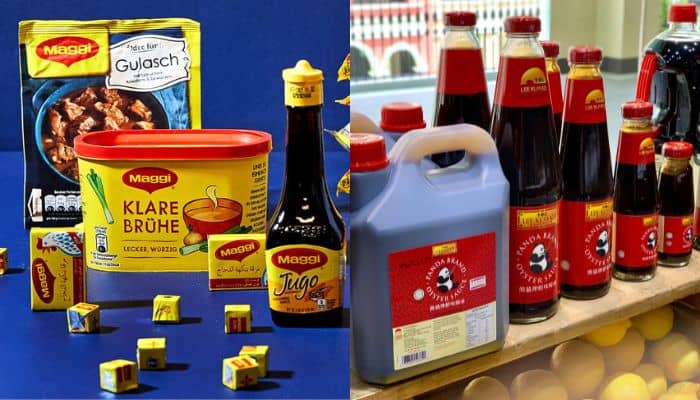Singapore – Coffee shops in Asia are increasingly turning to social media to boost customer loyalty, particularly among younger consumers who are drawn to personalized marketing and interactive experiences. According to GlobalData, a data and analytics firm, leveraging social media platforms has become crucial for coffee shops looking to foster a sense of community, drive repeat visits, and build brand loyalty in an intensely competitive market.
The survey found that 82% of consumers are influenced by how well a product or service is tailored to their needs and preferences, underscoring the growing importance of personalised marketing.
Parthasaradhi Reddy, consumer lead analyst at GlobalData, highlighted the role of social media in keeping customers engaged and informed.
“Social media not only makes in-store visits more seamless but also keeps customers updated on special offers and new products. Encouraging interactions, like asking for feedback or running polls, helps customers feel involved and valued,” Reddy said.
He also pointed to Starbucks as an example, noting that the coffee giant has used platforms like Instagram to connect with younger, digitally savvy customers. For instance, Starbucks launched a social media campaign in several Southeast Asian countries to celebrate International Coffee Day on October 1, offering new recipes and exclusive souvenirs.
Meanwhile, Deepak Nautiyal, consumer and retail commercial director for APAC and the Middle East at GlobalData, emphasised the importance of loyalty programs integrated with social media.
“Starbucks’ rewards program, which allows customers to earn points through purchases and redeem them for rewards, fosters a community of repeat customers who feel valued,” Nautiyal said.
He also noted that Asian consumers are increasingly drawn to brands that promote social responsibility and ethical practices, a trend amplified by social media. “Brands that align with consumers’ values, like social inclusion and environmental sustainability, are more likely to win their loyalty,” he added.
As the market continues to evolve, experts believe coffee shops must adapt their digital strategies to stay competitive. Reddy concluded, “By integrating social media strategies effectively, coffee shops can enhance customer loyalty and maintain their relevance in the fast-changing industry.”







